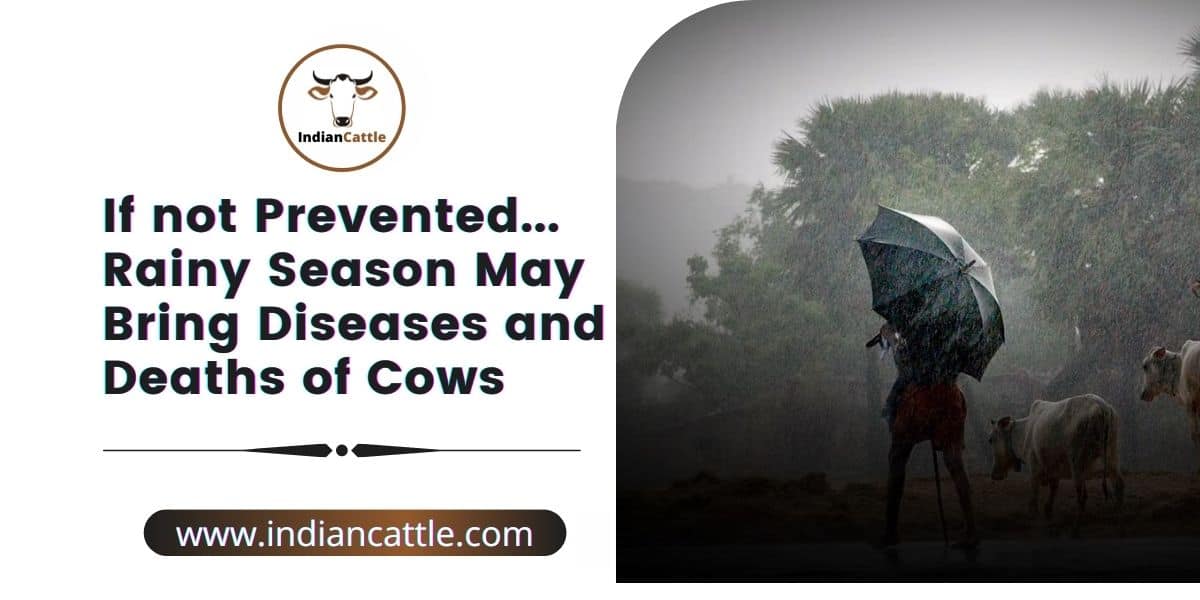
Diagnosis and Treatment of Hemorrhagic Septicemia
Hemorrhagic Septicemia is an acute, highly fatal, septicemia form of the disease affecting, mainly, water buffalo, cattle and bison, whereas other animals can also be affected. It has a wide geographic distribution and is considered an economically important bacterial disease in tropical African and Asian countries. Although outbreaks can occur at any time, the disease is most prevalent during or at the onset of the rainy season. Many stressors like climate/season change, temperature, humidity, poor managemental practices, deprivation of feed, contaminated water and feeding the animals on common pasture land are responsible for outbreaks.
Etiology: Pasteurella multocida, a gram-negative coccobacillus.
Species Affected: Cattle, buffalo, sheep, goats, horses, donkeys, pigs, camels, elephants, deer and yak, etc.
Mode of Transmission: The infection mainly occurs by ingestion of contaminated fodder and water. Sometimes droplet infection may also occur. Clinical cases are the main source of infection.
Clinical Symptoms: When resistance, due to lack of vaccination, is low, acute septicaemic form of the disease is common, characterized by sudden onset of fever (106-107 degree F), profuse salivation, nasal discharge that begins as serous and progresses to mucopurulent, difficult respiration, severe depression and death within 24-48 hours. Many cases of H. S. are peracute and lead to death within 8 to 24 hours. Localization may occur in subcutaneous oedema, bronchy- pneumonia, cyanosis, Hemorrhagic Septicemia gastro-enteritis may be found, oedema at the throat and dewlap, brisket, perineum, terminal recumbency, severe dyspnoea and pulmonary involvement in a later stage.
Post-mortem Findings: The characteristic lesion of HS is swelling of the subcutis and muscle of submandibular region, neck by clear to blood- tinged edema fluid. Serous to serofibrinous fluid may also be present in thorax, pericardium and abdominal cavity. Hemorrhages are often most prominent in the pharyngeal and cervical lymph nodes. Petechial hemorrhages on all serous membranes and on gastrointestinal tract, swelling on throat, head and neck due to gelatinous exudate, subcutaneous oedema, bronchy- pneumonia, hemorrhagic gastroenteritis may be found.
Specimens to be Collected for Laboratory Examination:
A) In ailing animals
1) Blood smears
2) Exudate smear from oedematous swellings
3) Whole blood in sterile glass vials on ice.
4) Exudate from oedematous swelling on ice.
B) From dead animals :
1) Heart blood for culture and isolation on ice.
2) Pieces of lung, spleen, liver and intestine on ice and in 10% formalin
3) Long bones packed with charcoal.
Diagnosis :
1) On clinical symptoms, history of vaccination.
2) Examination of exudates and blood smears reveal bipolar organisms.
3) Biological Test
Differential Diagnosis tests in the Lab:
1) Examination of blood smears stained by Leishman’s stain reveals bipolar organisms, while Gram’s stain reveals Gram-negative rods.
2) Biological test in laboratory Mice and Rabbits.
3) Culture from heart blood and tissues for isolation and identification of organisms.
4) For detailed study Indirect hemagglutination, coagglutination, counter immunoelectrophoresis, and immunodiffusion tests are the laboratory techniques used earlier but now they have been replaced by more sensitive and specific molecular tests.
Treatment: –
Sulphamezathine (inj. Vesadine) used to be drug of choice but several resistant variants have been recorded. Potentiated sulpha, tetracycline, penicillin, gentamicin, kanamycin, ceftiofur, enrofloxacin, tilmicosin and chloramphenicol have been used effectively to treat Hemorrhagic septicemia.
Prophylaxis\Vaccination:- HS vaccine is used for prophylactic measures to control hemorrhagic septicemia disease caused by pasteurella multocida infection in animals. Primary vaccination is given at six months of age and above and second vaccination should be done after six months of primary vaccination. Vaccination should be done before the rainy season. For effective vaccination deworming should be done prior to inoculation, because worm load causes other complications.
1) H. S. Allum precipitated vaccine sub-cut for all animals, as per manufacturers’ instructions.
2) H. S. oil adjuvant vaccine, i\m , as per manufacturers’ instructions.
Storage and transport of the vaccine should be done as per the instructions of the manufacturers. The vaccine should be protected from direct sunlight.
You may like to read: Flies in the Farm? Your Cows May Have This Disease
| Dr. V. M. Bhuktar
Former I/c Joint Commissioner A. H. Western Regional Disease Diagnostic Laboratory (WRDDL) Pune M.S |
Dr. Harischandra J. Abhyankar
Livestock Development Officer (extension) |
